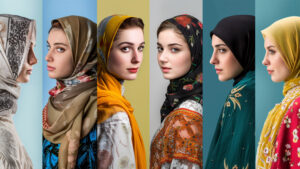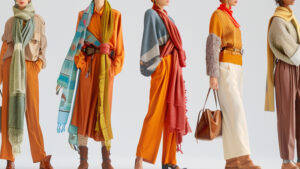
When my friend Aisha gifted me my first silk hijab1, I thought it was just about wrapping fabric. Then she whispered, "It’s not a hat—it’s how you walk through life."
Hijab isn’t just hair covering—it’s a holistic practice of modesty in speech, action, and intention, rooted in cultural and spiritual values that vary globally.
But let’s untangle this thread together…
What does hijab truly cover besides hair?
That silk scarf felt light, but its meaning weighed heavy. I learned hijab isn’t fabric-first—it’s about guarding your gaze, softening your tone, owning your space.
Beyond hair, hijab includes modest clothing, respectful speech, lowered gaze in interactions, and intentional conduct reflecting humility and self-respect.
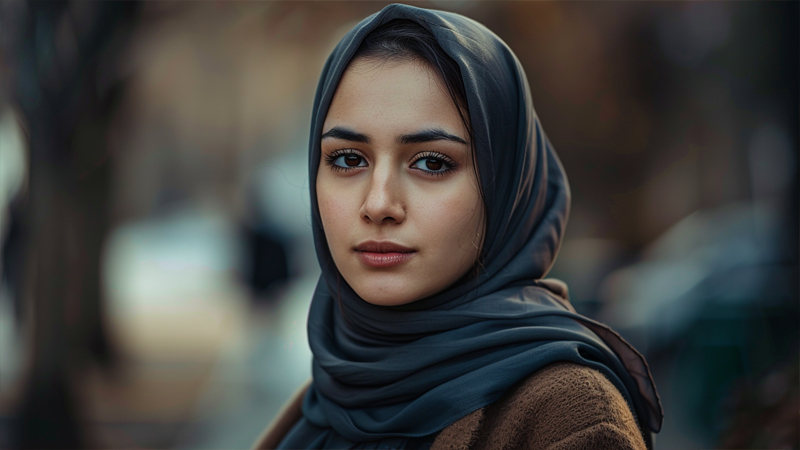
The day I got it wrong
At 19, I wore a bright pink hijab with skinny jeans to a mosque event. An elder smiled and said, “Child, modesty isn’t a costume2—it’s consistency.” That stung, but she was right.
Hijab isn’t transactional (“cover hair = done”). It’s:
- Dress: Loose fabrics, full-length sleeves
- Speech: Avoiding gossip or harshness
- Eyes: Not staring judgmentally
- Heart: Cultivating patience
In Malaysia, I saw teens pairing floral hijab3s with streetwear. In Morocco, women draped thick woolen shawls4, faces bare but postures regal. Both were “hijab”—different expressions, same core: dignity.
Is hijab just about clothes—or how you move through the world?
My Cairo taxi driver once said, “A woman in niqab shouted at me for overcharging. Where’s her hijab?” His point: fabric ≠ character.
Hijab intertwines outward appearance with inward grace—modest actions and ethical behavior matter as much as clothing.

The invisible hijab
I’ve met women in turbans who radiated modesty through kindness, and others in black abayas who gossiped cruelly. Hijab fails when it stops at the scalp.
A Hadith says, “Modesty is a branch of faith.” For me, that means:
| Outer Practice | Inner Alignment |
|---|---|
| Covering hair | Avoiding arrogance |
| Loose clothing | Speaking without malice |
| Lowered gaze | Listening with empathy |
It’s not rules—it’s rhythm. Like breathing: in (self-awareness), out (actions matching values).
Why do Indonesian hijabs look different from Iranian ones?
When I asked my Indonesian roommate why her hijab sat back like a crown, she laughed: “Our Islam dances with mango trees and monsoon rains.”
Cultural traditions shape hijab styles—from Nigeria’s gele headwraps to Afghanistan’s embroidered chadors—without diluting its essence of modesty.
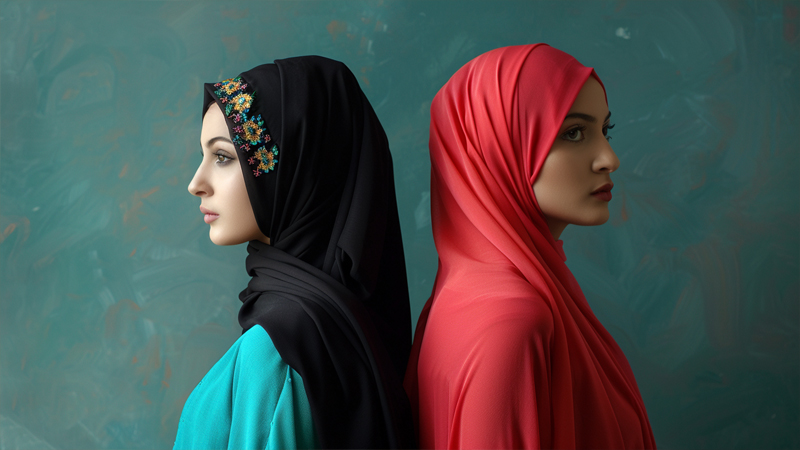
Geography of fabric
During Ramadan in Istanbul, I saw:
- Turkey: Translucent scarves artfully knotted over designer coats
- Somalia: Dirham cloth in bold citrus hues5
- Chechnya: Woolen wraps blending with mountain snowscapes
Yet at prayers, differences melted. The Sudanese doctor next to me murmured, “Allah looks at our hearts, not our hemlines.”
Can non-Muslims practice hijab?
My Japanese yoga teacher, Mari, once said: “I cover my hair during meditation—not for God, but to feel grounded.” It made me rethink ownership.
While hijab is Islamic, the principle of intentional modesty crosses faiths—think nuns’ habits or Sikh turbans.
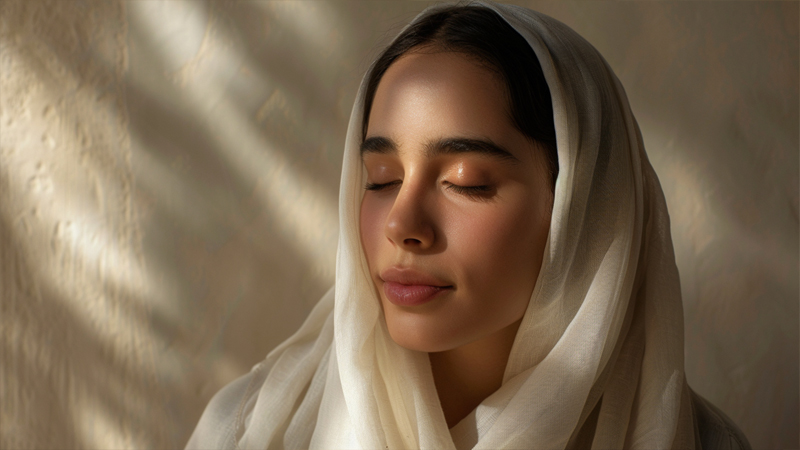
Modesty beyond labels
A Christian friend wears long skirts to “honor her body’s sacredness.” A Buddhist chef covers her hair to “keep mindfulness intact.” We’re all whispering the same truth: What we show and hide shapes who we become.
Conclusion
Hijab is the quiet courage to be seen—and unseen—on your soul’s terms.
-
Explore this resource to understand how hijab transcends mere fabric, embodying cultural values and personal identity across the globe. ↩
-
Delve into the deeper meaning of modesty beyond mere clothing choices. ↩
-
Explore the rich cultural meanings and diverse styles of floral hijabs, enhancing your understanding of this beautiful expression of modesty. ↩
-
Explore the rich cultural heritage and diverse styles of woolen shawls, enhancing your understanding of modesty and tradition. ↩
-
Exploring this resource will deepen your understanding of how color influences cultural identity and expression in hijab fashion. ↩

